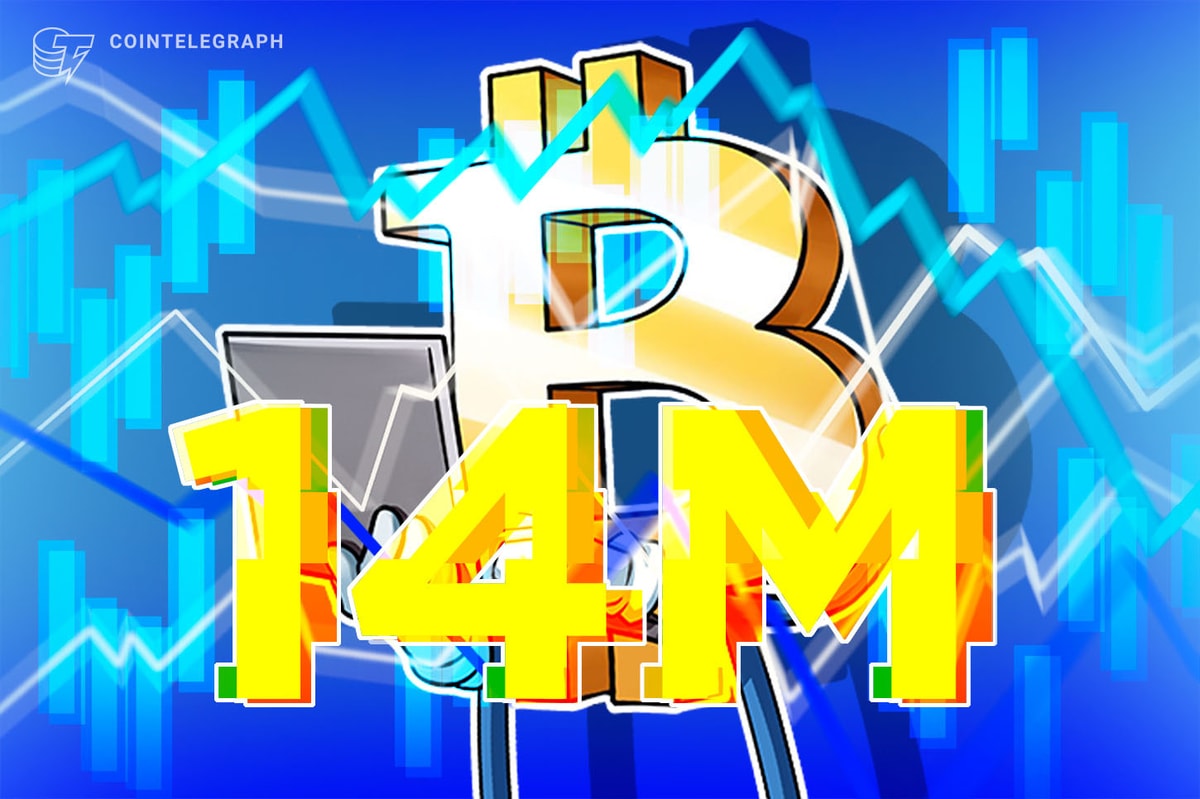Ether (ETH) has gained 7.5% since its drop to $2,396 on Aug. 27, but the 22% decline over the past 30 days indicates that investors remain uneasy with their positions. While Ethereum’s network activity is increasing, Ether’s price has yet to show signs of reclaiming the $3,800 levels seen in early June.
Lackluster spot Ether ETF demand partially explains ETH weakness
The situation is even more concerning given that the altcoin market capitalization has decreased by 13% over the past 30 days, meaning Ether has underperformed its peers. This movement can partly be attributed to the overblown expectations surrounding the anticipated launch of a spot exchange-traded fund (ETF) in the US on July 24. However, there is more to the story, as Ether was trading at $3,200 as recently as April 24.
Ether bulls are placing their hopes on the recent drop in Ethereum’s average transaction fee, which fell below $1 for the first time in four years. Combined with the successful reliance on layer-2 solutions for projects requiring higher throughput, Ethereum’s dominance in decentralized applications (DApps) remains unchallenged.
Decentralized exchanges 7-day volumes, USD. Source: DefiLlama
Ether bears argue that competing chains, which offer lower fees on the base layer, provide a simpler user experience for newcomers. In reality, most users are not concerned about the higher centralization on Tron (TRX) or BNB Chain (BNB) or the excessive costs of running a Solana (SOL) validator. The success of Ethereum’s own layer-2 solution, Base, indicates that users value direct access to Coinbase more than self-sovereignty.
Ethereum network TVL and volumes on the rise
Regardless of whether Ether’s price benefits from its layer-2 ecosystem, the total value locked (TVL) on the Ethereum network has been rising. According to DefiLlama, the total amount deposited in Ethereum DApps increased to 18.9 million ETH, a 4% rise from two weeks earlier. In contrast, Tron’s TVL declined by 10% in TRX terms during the same period, while deposits on Avalanche fell by 4%.
Symbiotic, a recently launched staking project on the Ethereum network, showed the most significant TVL growth over the past two weeks, rising 83% to 640,310 ETH. Similarly, total deposits on Ether.fi’s liquid staking protocol grew by 15%. However, it would be misleading to claim that Ethereum’s network activity has grown solely by analyzing its TVL, as most DApps do not require large deposit bases.
In terms of network activity, Ethereum’s DApp volumes increased by 36% between July 22 and July 29, primarily driven by the decentralized exchange Uniswap, which saw a 35% increase to $30.8 billion, and the automated market maker Balancer, whose volume rose 46% to $18.1 billion, according to DappRadar. In comparison, DApp volumes on the Solana network have stagnated at around $6.3 billion per week.
Top Ethereum DApps ranked by 7-day volumes, USD. Source: DappRadar
Declining number of active addresses and transactions
However, not all aspects of Ethereum’s network activity have been positive since Aug. 22. For example, the number of active addresses interacting with DApps remained flat, while the total number of transactions declined by 8%. In contrast, BNB Chain saw a 7% increase in active addresses, while Solana gained 10% more users during the same period.
Ether’s performance is also being held back by lackluster flows into spot Ether ETF funds, which have seen net outflows of $107 million over the past two weeks, according to data from Farside Investors. This data highlights the lack of interest from institutional investors, despite the bullish momentum for similar Bitcoin (BTC) spot ETF instruments, which recorded $523 million in net inflows over the same period.
Ultimately, there are no clear signs of excitement within the Ethereum network that would justify a significant increase in Ether’s price. Critics may argue that the decline in Ethereum’s average transaction fee below $1 is still not enough, especially considering that competitors like BNB Chain and Solana offer substantially lower costs. In the end, the data suggests that Ether’s price is not directly correlated with onchain activity.
This article is for general information purposes and is not intended to be and should not be taken as legal or investment advice. The views, thoughts, and opinions expressed here are the author’s alone and do not necessarily reflect or represent the views and opinions of Cointelegraph.











